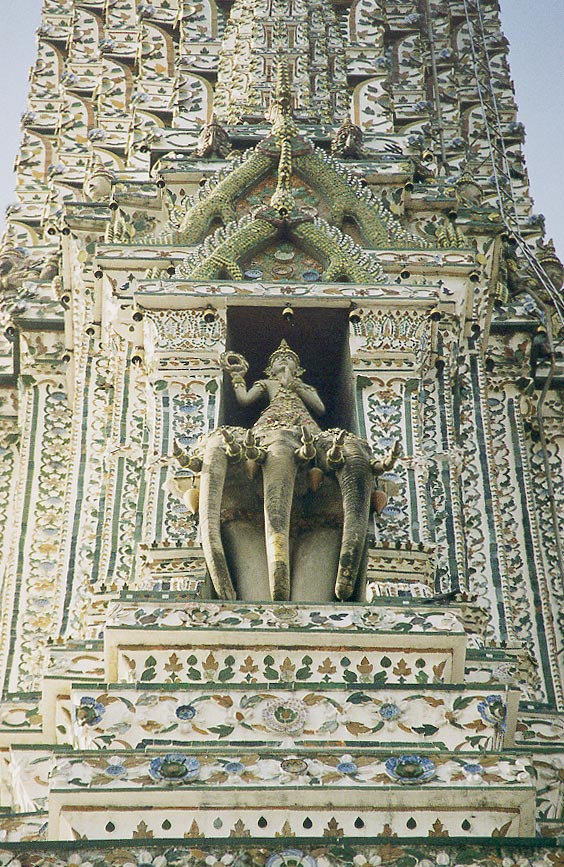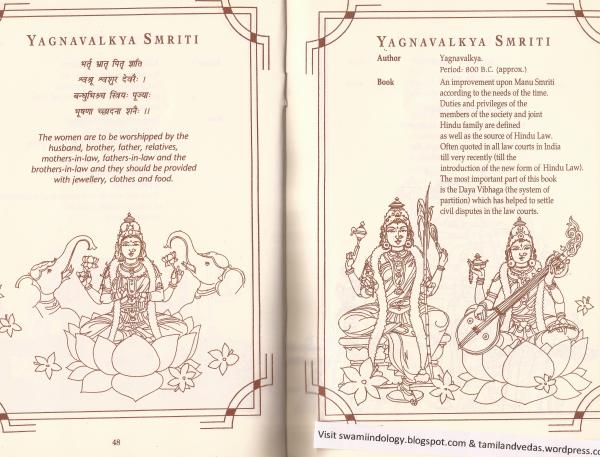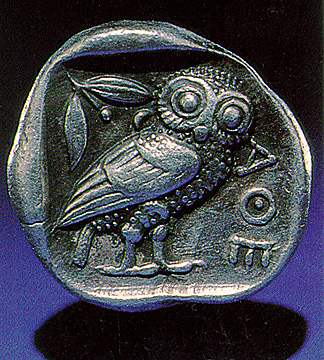Written by London Swaminathan
Post No. 1076; Dated 31st May 2014.
There is a beautiful story in Yoga Vasishta about a queen and a king which has got deeper meaning. The wife puts three tests to her husband and he passes all the three tests. What are they?
Before reading the story, many may wonder what Yoga Vasishta is. It is a book written by sage Valmiki in Sanskrit. It has got 32,000 verses, one of the longest books in Sanskrit, probably occupying a place next to Maha Bharata and Katha Sarit Sagara. It has got a lot of Hindu stories that are not found elsewhere.
Sikidwaja was the prince of Malava in ancient India. Sikidwaja means a king with peacock flag. His queen was Chudala from Saurashtra country in ancient India (now part of Gujarat state). She was very beautiful and extremely intelligent.
When Sikidwaja was 18 years old, he married Chudala. As young royal couple they enjoyed all the pleasures available for a queen and a king. Sikidwaja’s father transferred his authority to the prince and retired into the forest. They passed many years and suddenly found out that life was boring and monotonous. They both resolved to turn over a new leaf in their lives.
Chudala spent all her time in studying about the Self. She progressed very quickly in the realm of spiritual matters. A great serenity came upon her and a new lustre shone in her face. Sikidwaja was struck by the change in her and asked her about it. She explained to him that though she did not notice any change in her face, she knew more about inner self. She told him that it gave her a lot of inner peace and joy. She explained it in detail. But Sikidwaja could not understand everything she said. He also decided to pursue the path of self illumination.
Sikidwaja proved a good and conscientious king and ruled his subjects justly, but his spiritual development was stunted, and that made Chudala sad. She performed all her duties as a wife correctly. One day he suddenly last his complacency. He couldn’t meditate anymore because of the perennial cravings of the physical self. When all his efforts to bridge the gap failed he decided to go to the forest. Chudala said to him , “What you cannot attain here, you will never attain in a forest”. Finally one morning, waking up, she found his half of the bed vacant; he was gone. In the king’s absence Chudala ruled the country.
She had mastered the art of assuming any form she chose, and presently she took the shape of a young male ascetic and appeared before her wandering husband in the forest. When he asked her who she was she introduced herself as Khumba. She told him that she knew the reason for his restlessness and ready to teach him. Khumba explained to him that renunciation of external possessions alone would not help. One had also to cultivate perfect detachment. Then she left him to meditate and went on the pretext of going somewhere. Actually she went back to the kingdom to attend to state duties.
When she came back to the forest after a few days her husband (Sikidwaja) was in Samadhi. She went back to the capital and came back after a few days. When she saw him still in Samadhi and she created Simhanada (roar of a lion) with her Yogic powers. He was undisturbed. She left her own body and transmigrated into his and awoke him from within. Khumba (chudala) asked him, “Do you feel assured that you will never more be affected by Kama (passion), Krodha (anger) and Moha (attraction). He told Khumba that he was above all passions and felt very confident now.

First Test
Now Khumba left Sikidwaja on the pretext of visiting Indraloka. When he came back he had a sad face. Sikidwaja asked the reason for his sadness. Since he cracked a joke at Durvasa on his way back, he cursed him to become a woman during night and that made him sad. Sikidwaja told him that he wouldn’t mind even if he became woman during night time. The night came and he went behind a curtain and started describing all the changes in his body. Khumba said to him that now his name was Madanika. She came out like a beautiful woman. As the night advanced she came closer to Sikidwaja and said to him, “Let us spend the night as husband and wife”. She found that the king, though responsive, remained untouched by any experience. He took no initiative at any stage although he never denied her anything when she made a demand on him as a wife. Chudala (Khumba/Madanika) felt very happy that her husband had come through the first test successfully.
Second test
Now Chudala wanted to put him through a second test. She created an illusory Indra with her magical powers and set him to tempt Sikidwaja. Indra invited him to visit Indra loka (heaven) to enjoy all the pleasures. The king looked at Indra with amusement and asked, “Does one have to go so far to seek happiness? There is no need for one to go in search of anything”. Indra disappeared at once. Chudala felt triumphant that her husband had come successfully through the second test also.

Third test
She had tested his passion and attitude to pleasure in the first and second tests. She planned a third test to find whether he had mastered Krodha/anger. Chudala converted herself into Madanika and created a handsome man out of thin air. She embraced him tightly. When Sikidwaja saw her in intimate contact with another man, he said nothing. When she explained the reason for her fickle mindedness, he told her that she had followed her inclination and he had no voice in it. When she promised him that she would not do it again and asked him to accept her as his wife Madanika again, he told her that there was no need for husband and wife relationship anymore, but she can still stay with him as his friend Khumba in the daytime and Madanika in the night.
Then Chudala felt very happy to see that her husband passed the third and final test as well. Now she assumed her original form as Chudala and told her husband Sikidwaja,“I have tried you in every way to see if you have attained ripeness and maturity. You have attained the stability of a rock, you are a Jivan Mukta (living saint). You have surpassed me in a hundred ways. Let me become your humble wife”.
When Sikidwaja suggested total renunciation, she told him that he should return to his worldly duties as a king. A second coronation was held in the capital in grand style. It is recorded that Sikidwaja ruled happily for ten thousand years!
Source: summarised from R K Narayan’s Gods, Demons and others.
(I have explained elsewhere that the numbers 10,000 years, 60,000 years are all phrases in Sanskrit and they simply mean ‘for a very long time.’)
Contact swami_48@yahoo.com



































You must be logged in to post a comment.